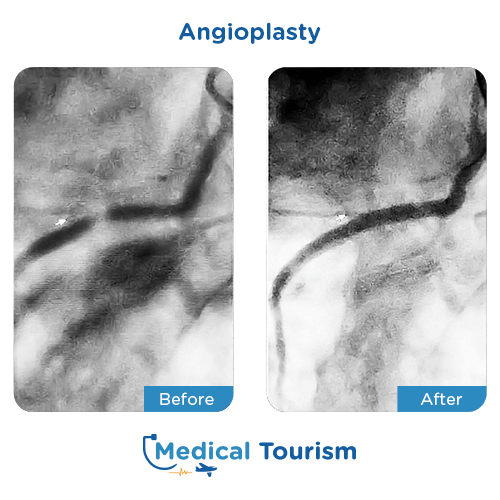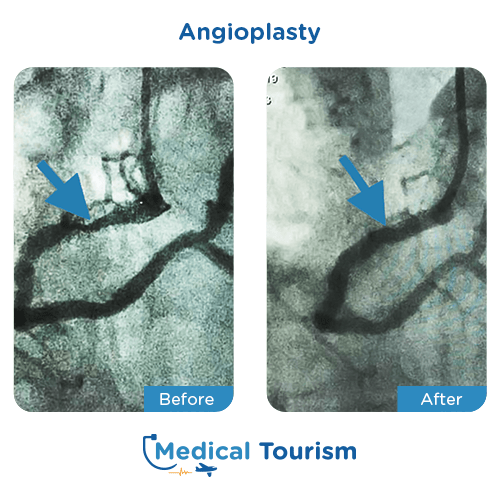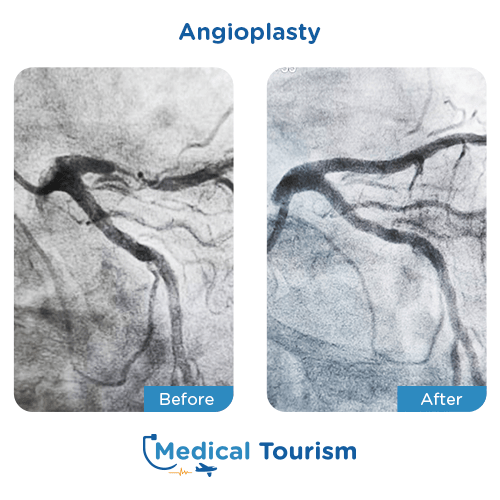The best board-certified doctors abroad
Angioplasty information and international destinations
An angioplasty is a procedure used to remove fatty plaque from the blood vessels or to treat blocked arteries caused by coronary artery disease.
The treatment involves creating a tiny incision on the arm or groin while under local anesthetic. Once in position, a balloon is inflated to eliminate the obstruction, and the cardiologist then deflates the balloon and removes the catheter. Next, a thin tube (catheter) is inserted and directed to the afflicted artery. In some circumstances, the specialist will insert a stent along with the balloon to stop the artery from being blocked once more.
Get professional services with the best cardiologists abroad!
Benefits
Restores blood flow to the coronary arteries
Minimally invasive
Can help avert a stroke
Increases physical prowess
Minimally invasive
Can help avert a stroke
Increases physical prowess
Includes
Biocompatible stent graft
Angioplasty
Procedure:
2 hrs.
Hospital stay: 30 min. - 2 hrs.
Cleared to fly: 2 - 5 days
Hospital stay: 30 min. - 2 hrs.
Cleared to fly: 2 - 5 days
After surgery
Out of town patients’ follow-ups can be scheduled with the cardiologist face-to-face or virtually. Patients are clear for flying after 2 - 5 days from the angioplasty.
Note: Follow-ups can be arranged as face-to-face or virtually. If needed, you can go to your primary care physician to remove sutures or get medication adjustments.
Additional images
View additional images for this procedure.
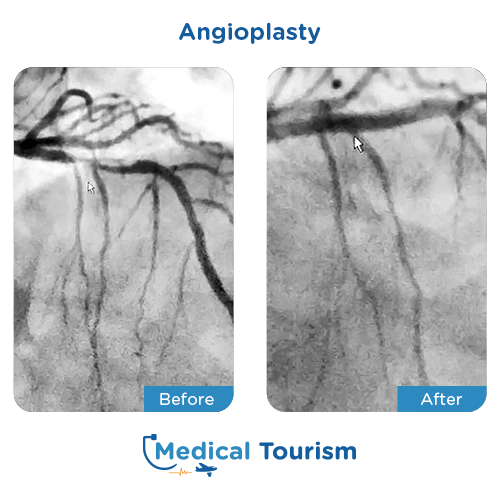
View more
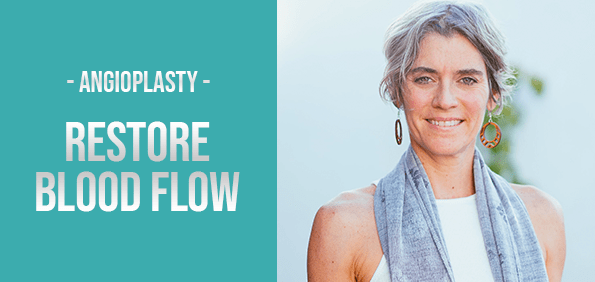

Locations
Select the city of your choice to seethe doctors profile.
Dr. Mario M. Minghetti
View more

Angioplasty frequent questions
Get answers to our most frequently asked questions and what to expect after the surgery.
Do I qualify for an angioplasty?
Candidates for surgery typically have signs of hypertension, coronary artery disease, or a buildup of cholesterol.
Is the operation going to be painful?
To ensure that you are pain-free, doctors use local anesthesia. There may be some pressure in the area, once the balloon is filled, it's normal to experience some pain.
How can I get ready for the process?
Throughout the assessment, the cardiologist will ask about your medical history. Before your operation, you'll be instructed to stop taking a few medicines and refrain from eating after midnight.
What follows the procedure?
When the catheter is taken out, you will be transferred to a recovery room where you will remain under supervision until the following day. Try to drink lots of liquids and abstain from smoking when you get home.
How long will it take to recover?
Doctors often advise taking three days off of work. A week is needed to completely recover.
Disclaimer: This information does not reflect the medical advice from our clinics. All cases are different and this treatment may not suit you. Always refer to a medical professional with the certification and experience. All of our physicians are fully qualified to perform these procedures. For more information and diagnosis contact one of our top specialized clinics.
In all medical procedures, there are chances of complications, the specialist will provide you detailed information about the risks of the procedure, talk to the specialist directly.
In all medical procedures, there are chances of complications, the specialist will provide you detailed information about the risks of the procedure, talk to the specialist directly.
